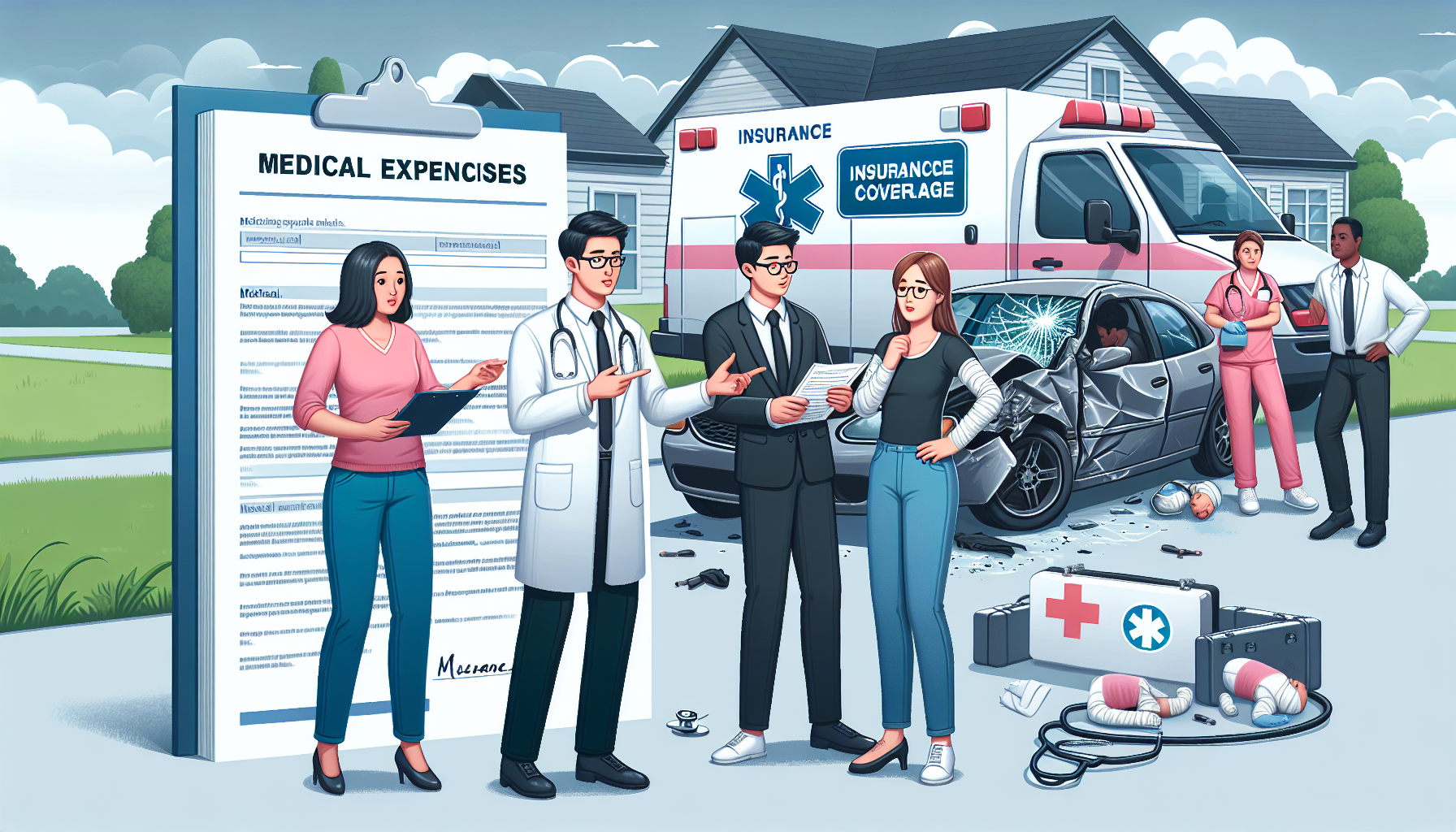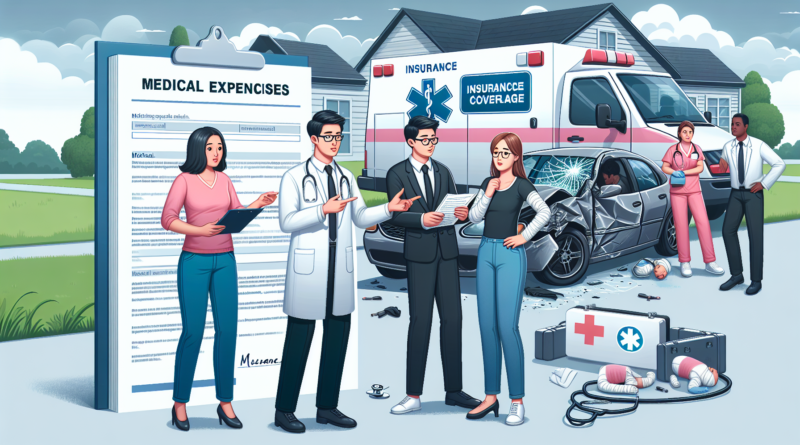Understanding Medical Coverage Post-Accident
When involved in a car accident, one of the primary concerns is the medical expenses that follow. Understanding how insurance covers these costs is crucial for financial stability and peace of mind. Insurance policies can vary significantly, and knowing the specifics of your coverage can make a substantial difference in managing post-accident medical expenses.
Types of Insurance Coverage
There are several types of insurance coverage that can assist with medical expenses after a car accident. These include:
– **Personal Injury Protection (PIP):** Often mandatory in no-fault states, PIP covers medical expenses regardless of who is at fault. It may also cover lost wages and other related costs.
– **Medical Payments Coverage (MedPay):** This optional coverage helps pay for medical expenses for you and your passengers, regardless of fault.
– **Bodily Injury Liability:** Covers medical expenses for others if you are at fault in an accident.
– **Uninsured/Underinsured Motorist Coverage:** Protects you if the other driver lacks sufficient insurance.
Personal Injury Protection (PIP)
PIP is designed to cover a wide range of expenses following an accident. It typically includes medical bills, rehabilitation costs, and sometimes even funeral expenses. PIP is beneficial because it provides immediate coverage without the need to establish fault, ensuring that medical treatment can begin promptly.
Medical Payments Coverage (MedPay)
MedPay is another form of coverage that helps with medical expenses. Unlike PIP, MedPay is not limited to specific states and can be added to your policy voluntarily. It covers medical and funeral expenses for you and your passengers, regardless of fault. MedPay can be particularly useful if your health insurance has high deductibles or co-pays.
Choosing the Right Coverage
Selecting the appropriate insurance coverage is essential for financial protection after a car accident. Consider factors such as state requirements, personal health insurance, and potential out-of-pocket costs when deciding on PIP or MedPay. Consulting with an insurance agent can provide clarity and help tailor a policy to your needs.
This coverage is crucial if you are found at fault in an accident. It pays for the medical expenses of the other party involved. While it doesn’t cover your medical costs, it protects you from potential lawsuits and significant financial liabilities. Ensuring adequate bodily injury liability coverage is a wise decision to safeguard your assets.
Uninsured/Underinsured Motorist Coverage
In cases where the at-fault driver lacks sufficient insurance, uninsured/underinsured motorist coverage becomes vital. This coverage ensures that your medical expenses are covered even if the other driver cannot pay. It acts as a safety net, providing peace of mind that you won’t be left with overwhelming medical bills due to someone else’s lack of insurance.
Navigating Insurance Claims
Filing an insurance claim after a car accident can be a daunting process. It’s important to document everything meticulously, including medical reports, accident details, and communication with insurance companies. Understanding your policy and the claims process can expedite the resolution and ensure you receive the coverage you’re entitled to.
Navigating medical expenses after a car accident can be challenging, but understanding your insurance coverage options can alleviate much of the stress. Whether it’s PIP, MedPay, bodily injury liability, or uninsured motorist coverage, each plays a critical role in protecting you financially. Being informed and prepared can make a significant difference in the aftermath of an accident, ensuring that you receive the necessary medical care without undue financial burden.


